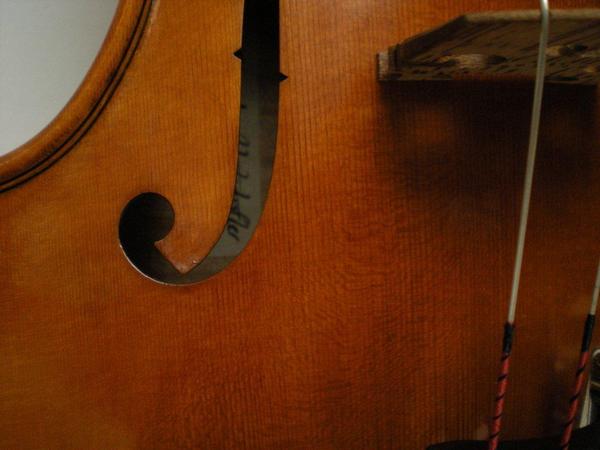The knowledge of hazel spruce as tone wood
Knowledge concerning nature and the universe in Tyrol, inscribed 2011
The hazel spruce (“Haselfichte”), with its genetically anchored hazel growth, occurs predominantly in the forests of the Alps above an elevation of 1,200 metres. Due to its specific characteristics, the wood of the hazel spruce has long been used in instrument making, which places the highest demands on the quality of the wood. Only very few wood experts are able to recognise this wood quality in a standing tree.
The hazel spruce can be conclusively identified if a piece of the bark is removed: this type of spruce has furrows running lengthwise down the tree. It has long been known that to obtain high-quality wood, a tree should be felled in the winter, when no sap flow occurs. Other knowledge, such as the slow and careful drying and storage and further processing of the wood, has also been passed down from one generation to the next.
As early as the 17th century, violin makers recognised that conifer wood from the high-elevation areas of the Alps possesses the best resonance characteristics and is ideally suited for amplifying the tones produced on stringed instruments. It has been documented that Italian luthiers such as Antonio Stradivari also favoured this kind of wood.
Today, despite the large and high-quality occurrence of the hazel spruce in Austria’s Alpine regions, only a vanishingly small amount is used for the specific purposes suitable for this wood. Often, such wood is also not recognised or is rendered unusable in the course of industrial harvesting. In many cases, the tonewood is obtained by dealers only in a cut or split form. Moreover, the invasion of non-native seeds into the habitat of the hazel spruce has implications that have not yet been fully recognised.
Contact
Downloads
- Bewerbungsformular 211 KB (doc)
- [Translate to EN:] Expertise Patzelt 88 KB (pdf)
- [Translate to EN:] Expertise Mayer 619 KB (pdf)
- [Translate to EN:] Expertise Unterkofler und Tilzer 46 KB (pdf)
- [Translate to EN:] Expertise Fritz 51 KB (pdf)


![[Translate to EN:] © J. Ségur/ZED, with the permission of UNESCO](/fileadmin/_processed_/d/b/csm_Convention-2003-IKE_0832a6a47d.jpg)
![[Translate to EN:] © ÖUK](/fileadmin/_processed_/3/9/csm_P1011318_7eac86402f.jpg)

![[Translate to EN:] © Weitblickfilm](/fileadmin/_processed_/9/8/csm_Workshop_17_2dee1e1fd8.jpg)